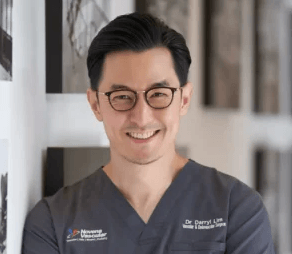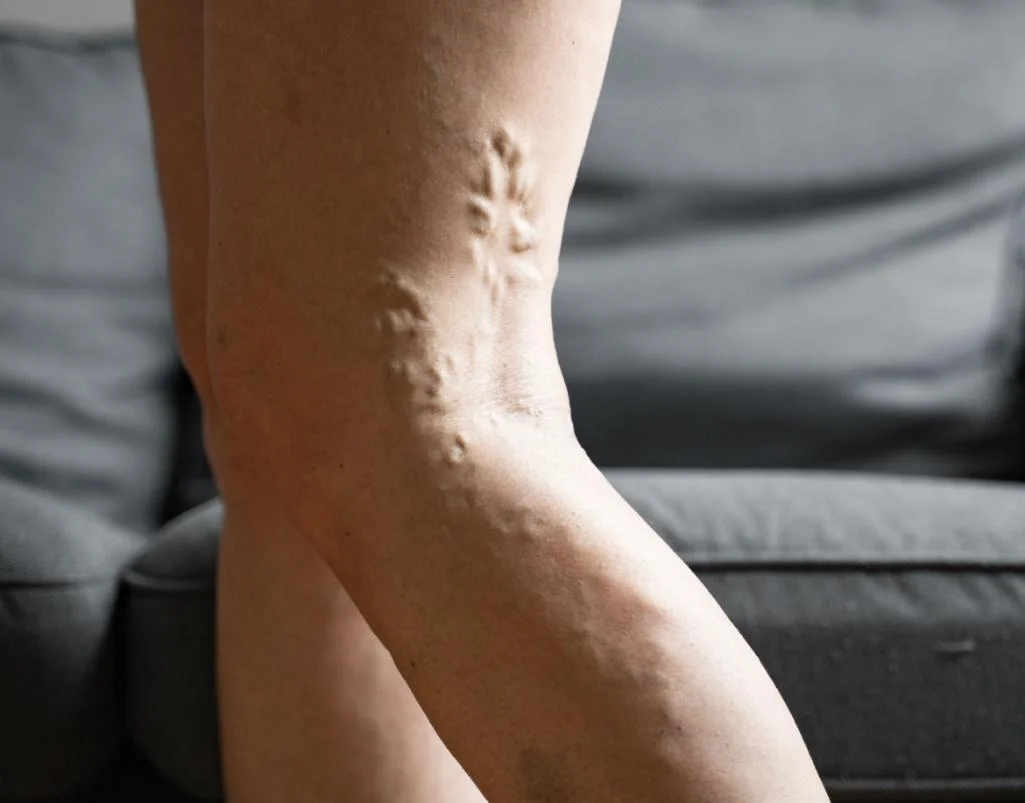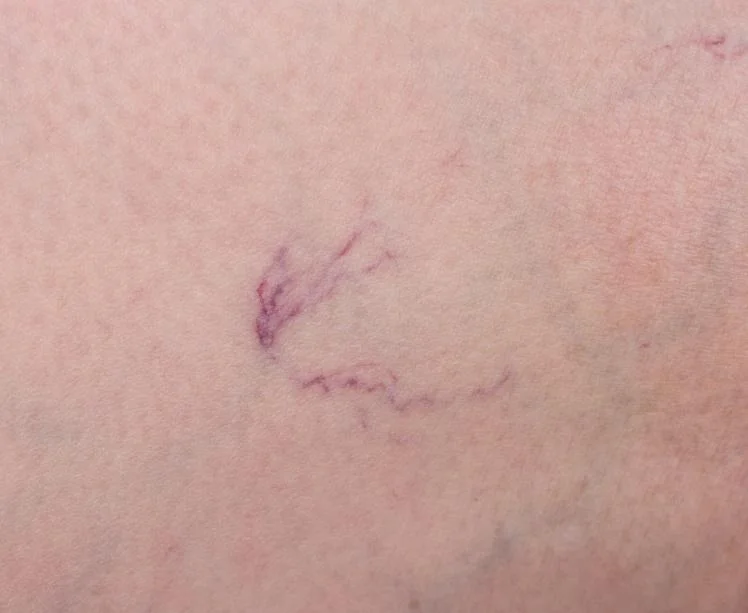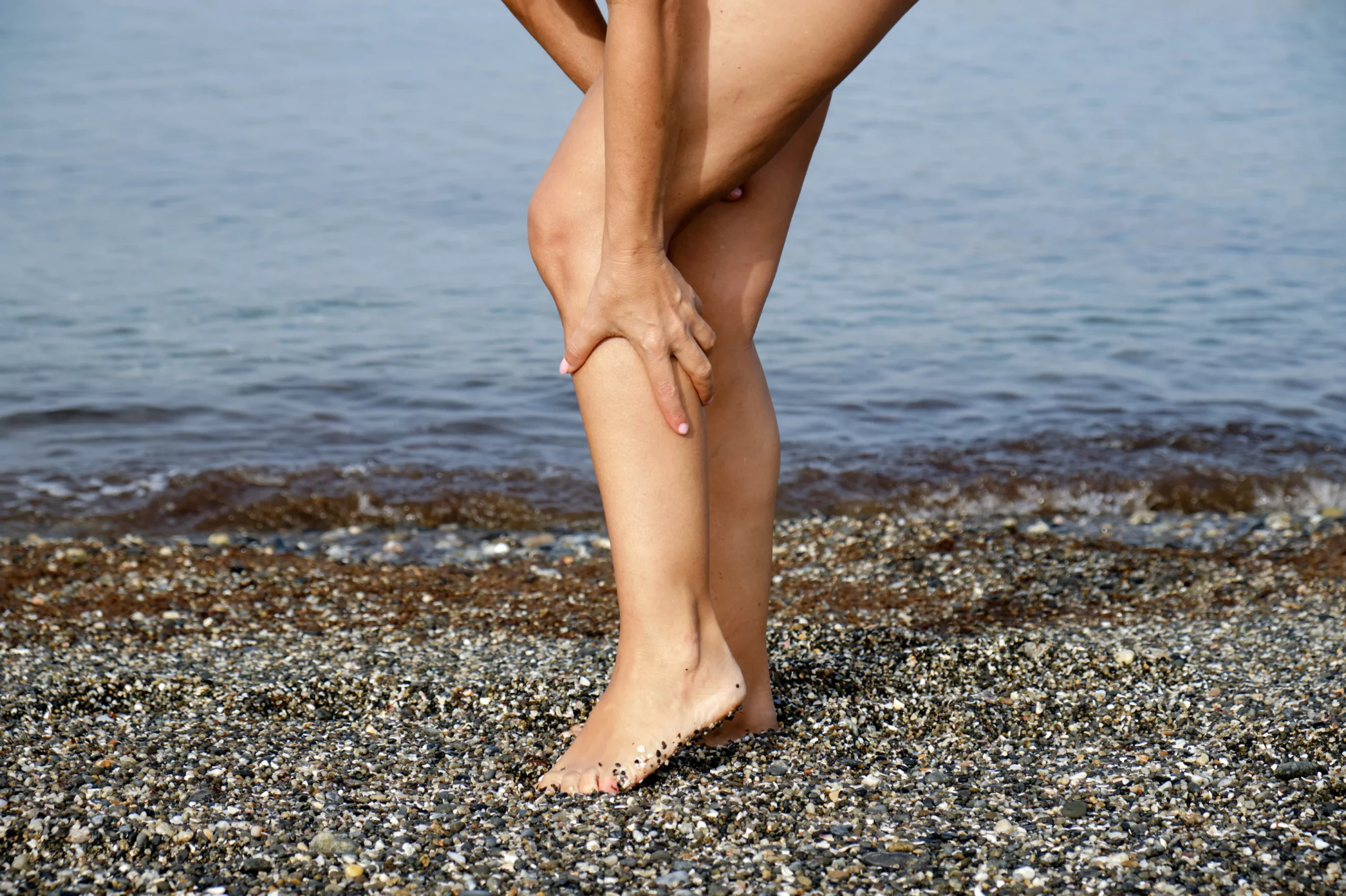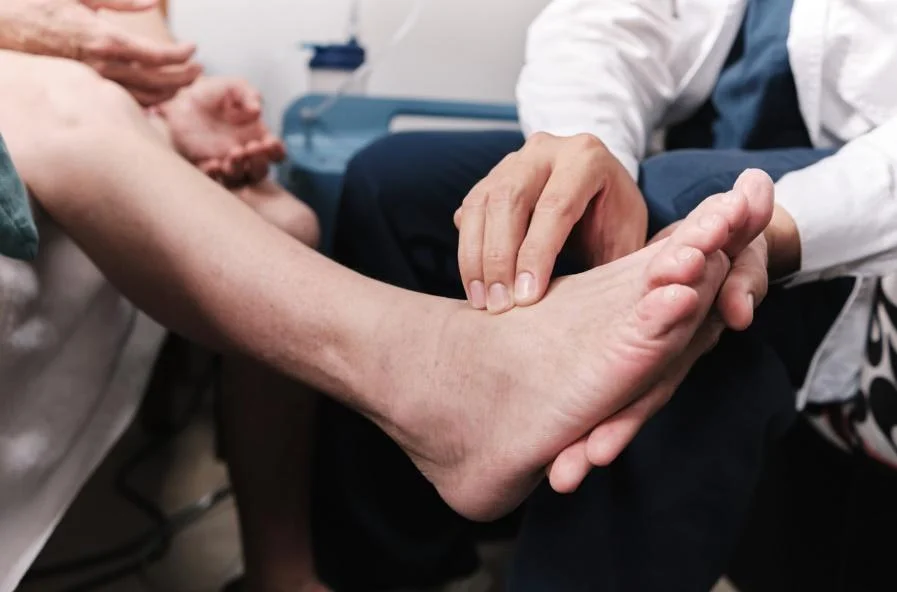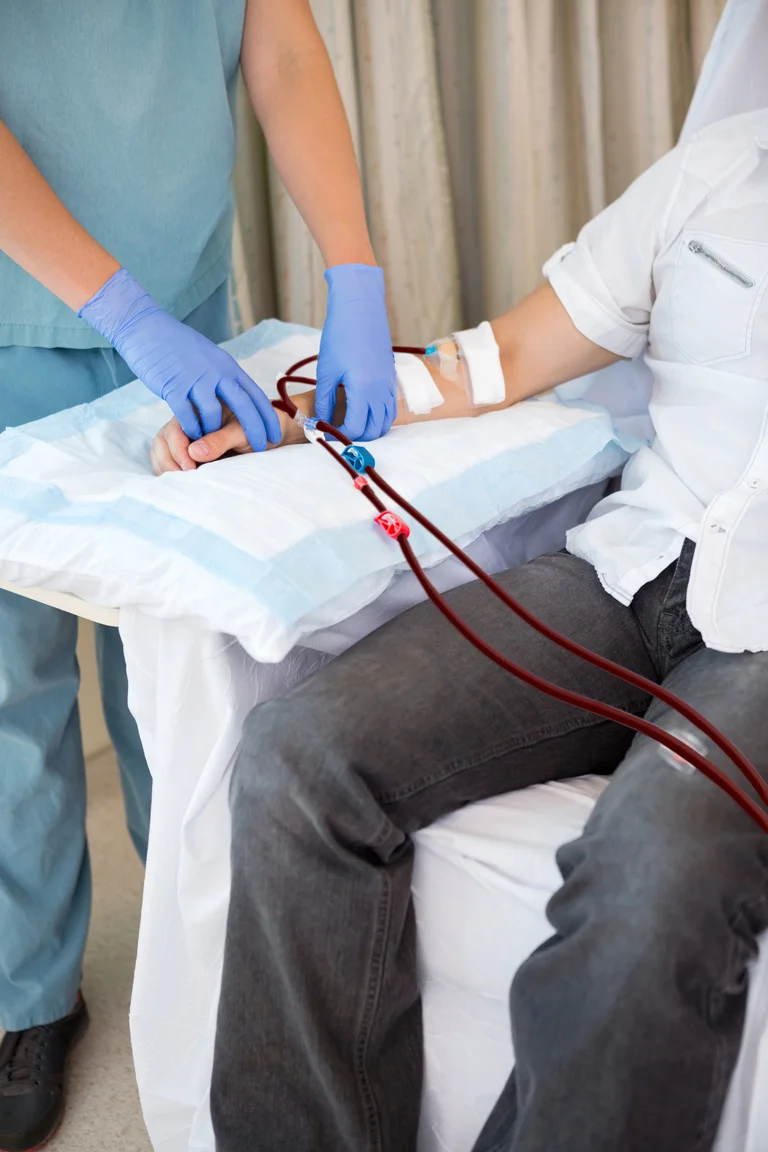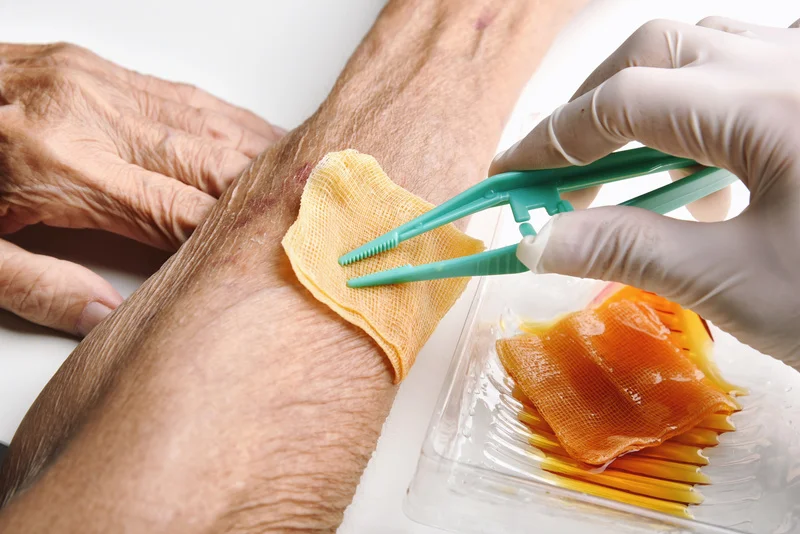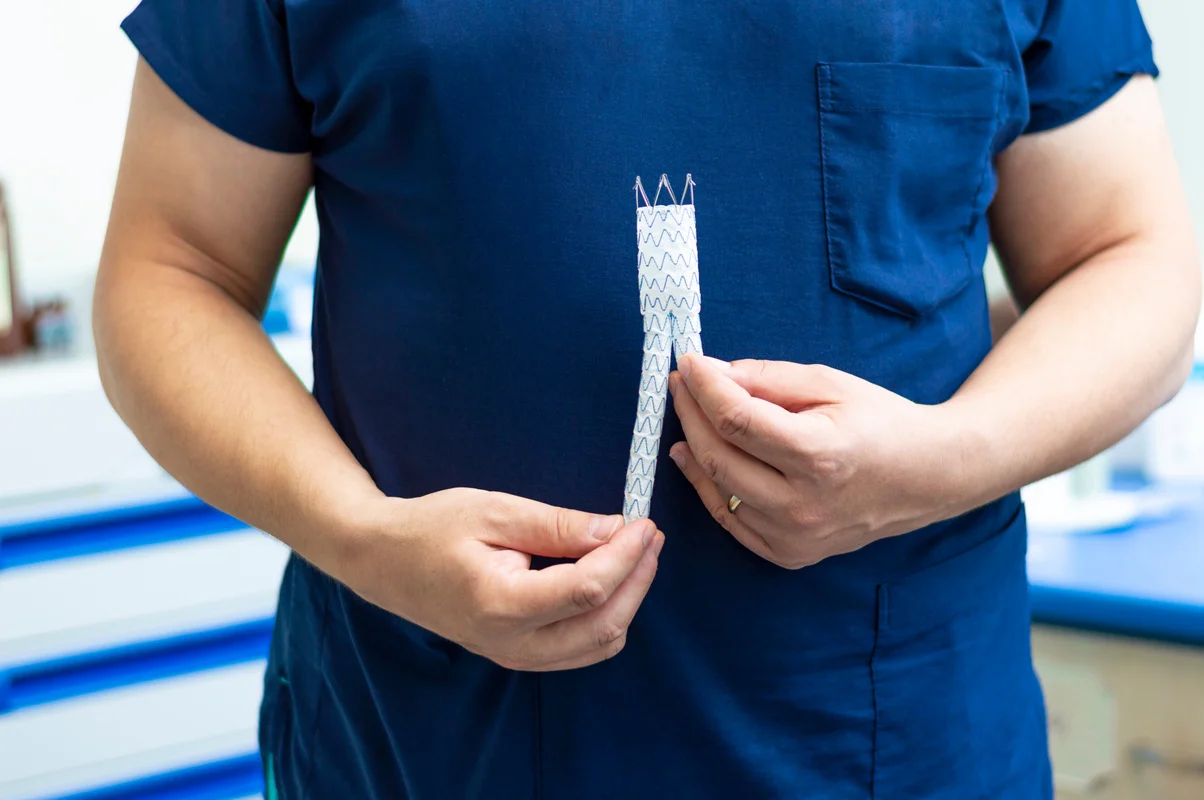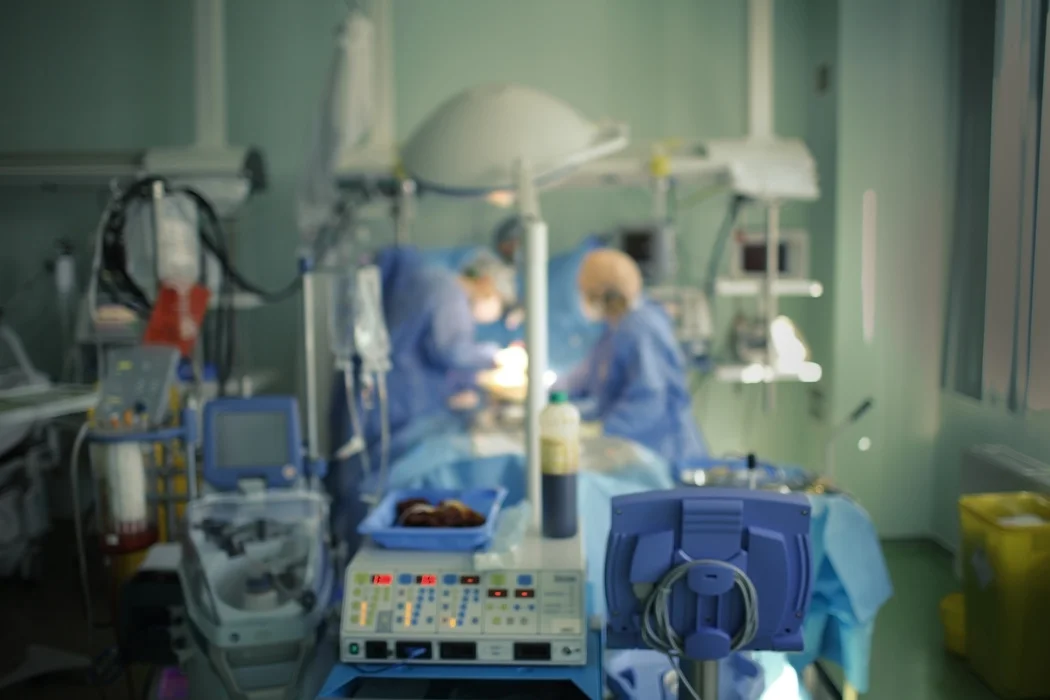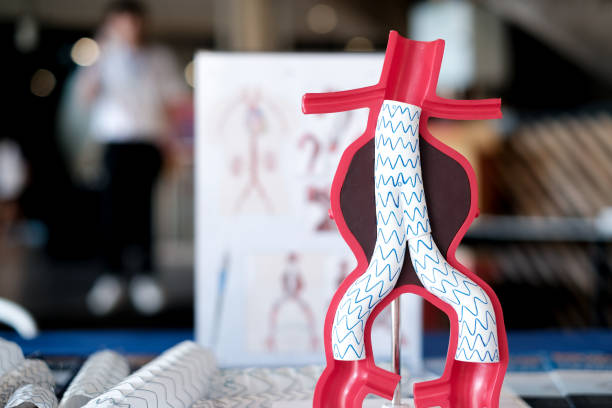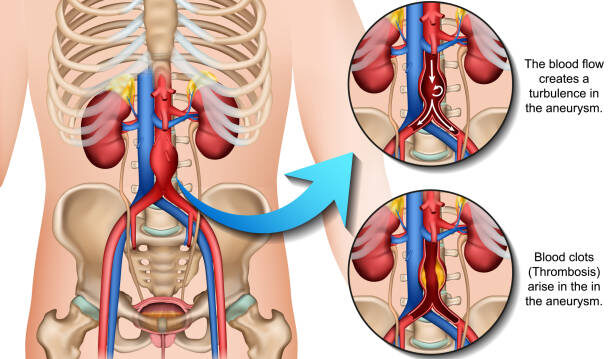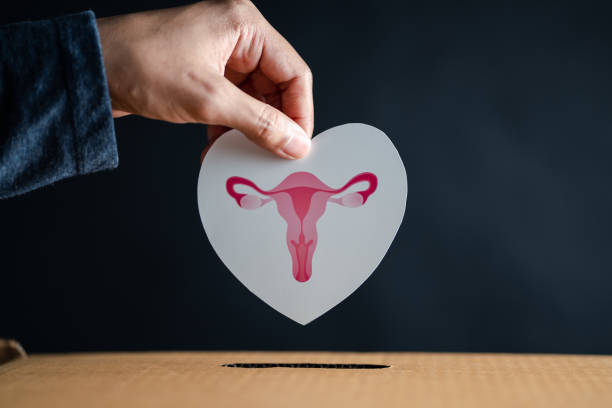While varicose vein treatments are highly effective, there is still a chance new veins can appear over time. This isn’t necessarily a sign that the original treatment didn’t work — rather, it’s often due to the progression of underlying vein disease or other contributing factors.
That’s why follow-up and good vein care are just as important as the initial procedure.
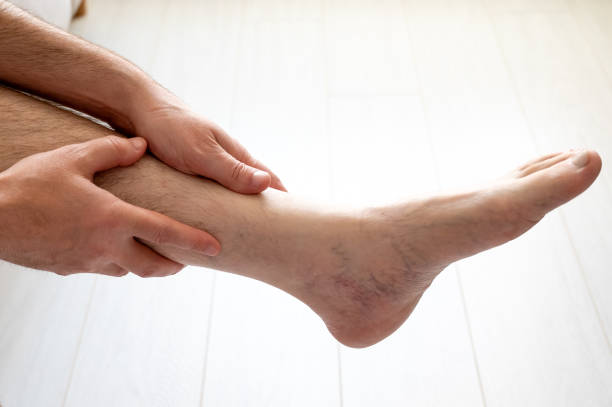
Understanding Varicose Vein Recurrence
Many people are surprised to learn that treating a varicose vein doesn’t “cure” the entire condition. The treated vein — whether it’s sealed off with radiofrequency ablation, removed through phlebectomy, or injected with sclerotherapy — generally doesn’t come back. In fact, long-term closure rates for treatments like RFA are excellent.
However, new varicose veins can form over time if the underlying issue (typically venous reflux) persists or progresses in other veins.
This is where the term “varicose vein recurrence” comes in. It doesn’t always mean the same vein has returned — more often, it refers to new veins developing in the same area or nearby.
What Causes Varicose Veins to Return?
There are a few reasons varicose veins might reappear after treatment:
- Neovascularisation (new vein formation) – After a vein is removed, the body may develop new veins in the treated area as part of the healing process. These new veins can also become varicose.
- Progressive vein disease – If other vein valves continue to weaken over time, new varicose veins can develop in different areas.
- Genetic predisposition – A strong family history of varicose veins increases your likelihood of recurrence.
- Pregnancy or hormonal changes – Hormonal fluctuations can weaken vein walls and contribute to new vein formation.
- Weight gain or prolonged standing – Increased pressure in the leg veins makes it easier for new varicose veins to form.
- Incomplete treatment – In some cases, underlying venous reflux may not have been fully addressed, or smaller branch veins might have been missed.
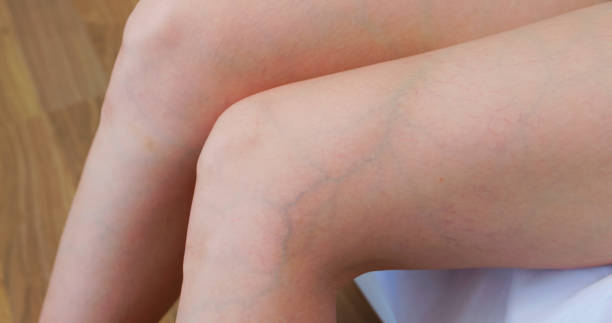
How Common Is Recurrence After Vein Surgery?
The likelihood of varicose vein recurrence depends on the type of treatment, the severity of your condition, and how your veins respond over time. While modern procedures are highly effective, new veins can still form, especially if risk factors like prolonged standing, weight gain, or hormonal changes continue.
Radiofrequency ablation (RFA) offers some of the best long-term outcomes, with success rates of 90–98% and recurrence rates of around 5–10% over five years. When performed correctly, treated veins rarely reopen. Recurrence usually results from new vein formation or missed segments.
Sclerotherapy has a slightly lower success rate (75–85%) and may need repeat sessions, particularly if deeper venous reflux isn’t addressed. Recurrence rates can reach 20–30% over five years.
VenaSeal™, another minimally invasive option, has a success rate of around 95% with recurrence rates under 10%. As with other treatments, recurrence is often linked to progression of vein disease or lifestyle factors.
Many patients enjoy years of relief after treatment, but some may see new veins develop over time. Ongoing care and regular follow-up are key to maintaining results.
What Can You Do to Prevent Varicose Veins from Coming Back?
There’s no guaranteed way to prevent recurrence, but you can lower the risk and keep your legs feeling better for longer with a few simple steps:
- Wear compression stockings, especially if you’re standing or sitting for long hours
- Stay active — walking and calf exercises help maintain healthy circulation
- Maintain a healthy weight to reduce pressure on your leg veins
- Elevate your legs when you can, especially at the end of the day
- Go for regular follow-ups to catch any early signs of recurrence
Good vein health is about more than just fixing what’s visible — it’s about staying ahead of what could happen next.
Struggling with Varicose Veins?
Explore safe and effective treatment options with Dr. Darryl Lim.
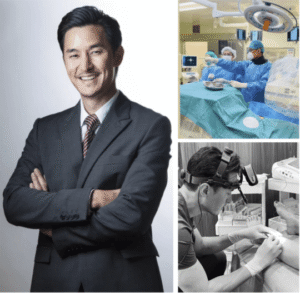
Final Thoughts
So, do varicose veins come back after treatment? They can, but with today’s techniques and proper aftercare, long-term results are very encouraging. Treating the root cause — not just the surface veins — gives the best chance at lasting relief.
If you’re considering vein treatment or you’ve had a past procedure and are noticing new symptoms, Dr Darryl Lim offers tailored follow-up care and long-term management to help keep your legs healthy and comfortable.
FAQ
How soon can varicose veins come back after treatment?
It varies. Some people remain vein-free for many years, while others may develop new veins within a shorter time, especially if risk factors are still present.
Can the same vein come back after it’s been treated?
Not usually. Once a vein is properly sealed or removed, it typically doesn’t reopen. New veins may appear in nearby areas.
Are there maintenance treatments for varicose veins?
Yes. Ongoing follow-up with your vascular specialist can help manage new symptoms early, and occasional sclerotherapy or ultrasound checks may be recommended.

